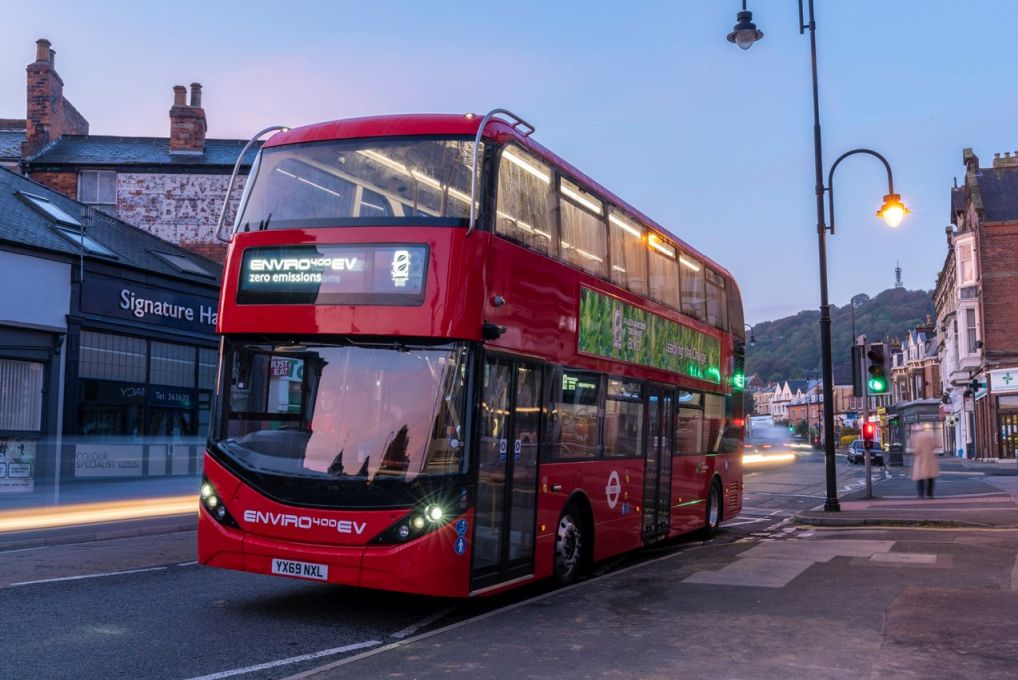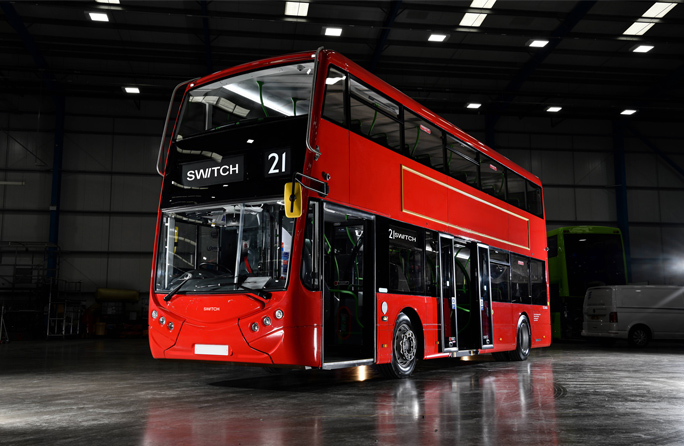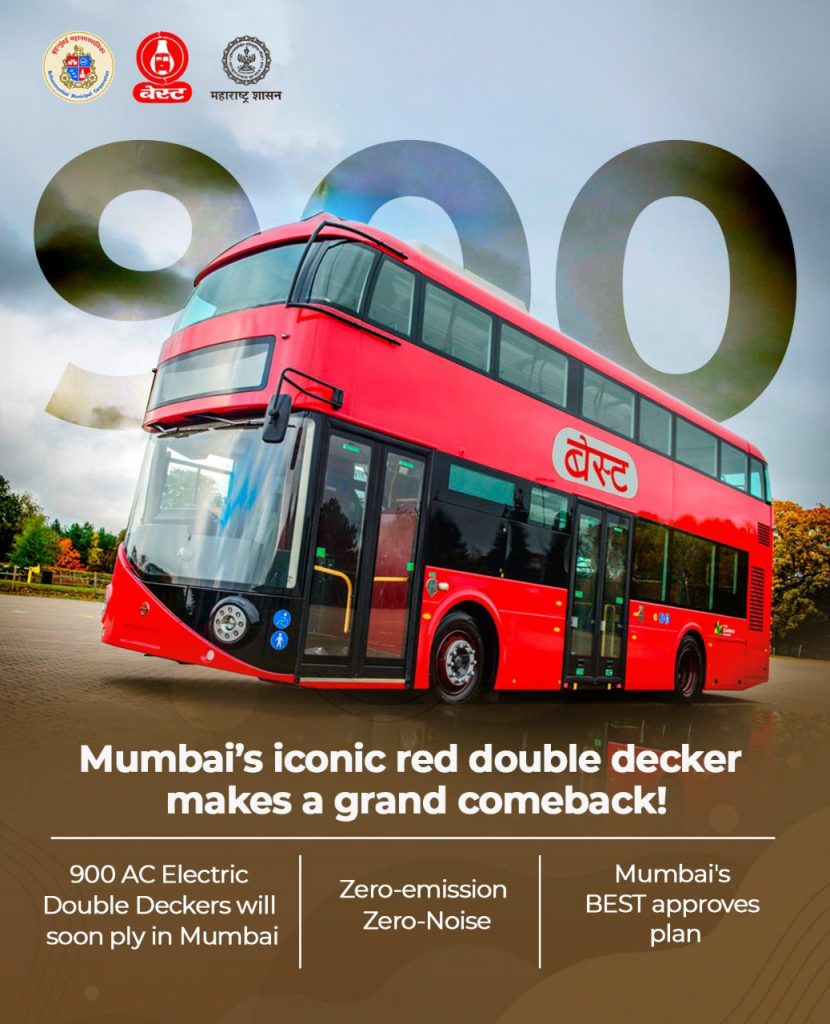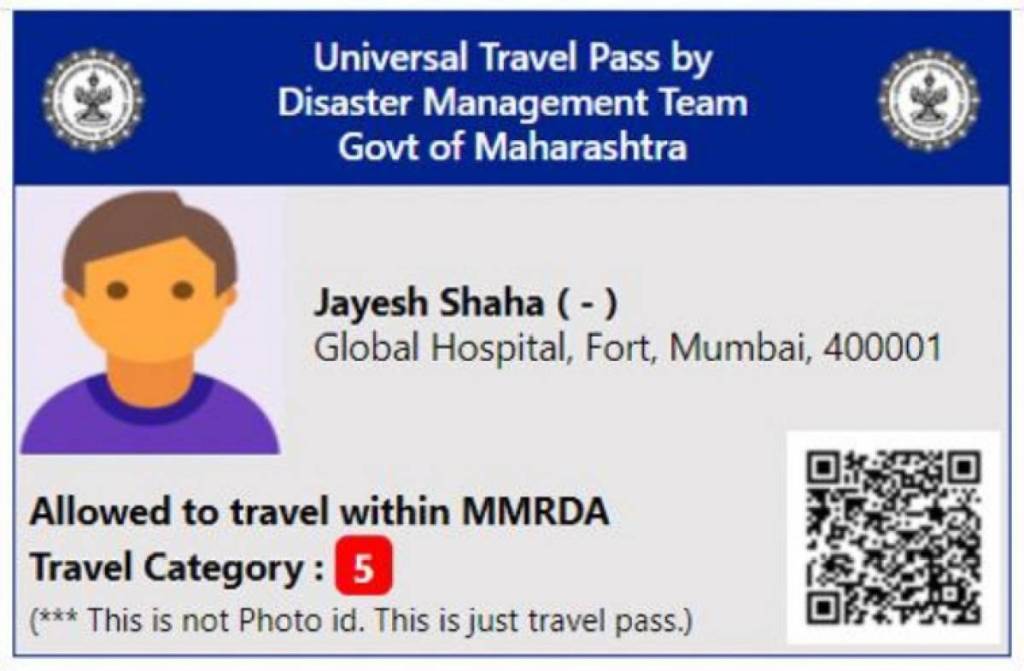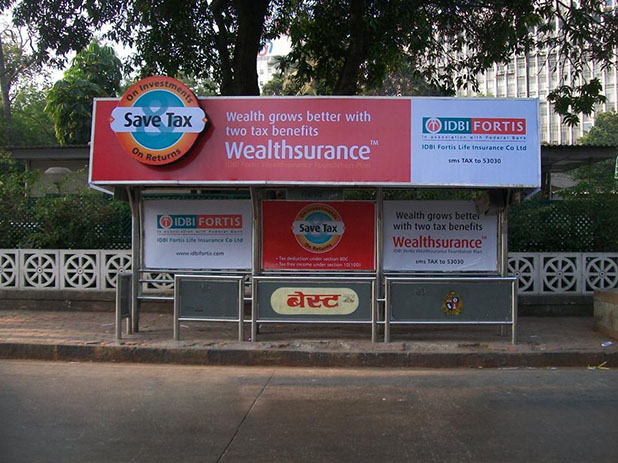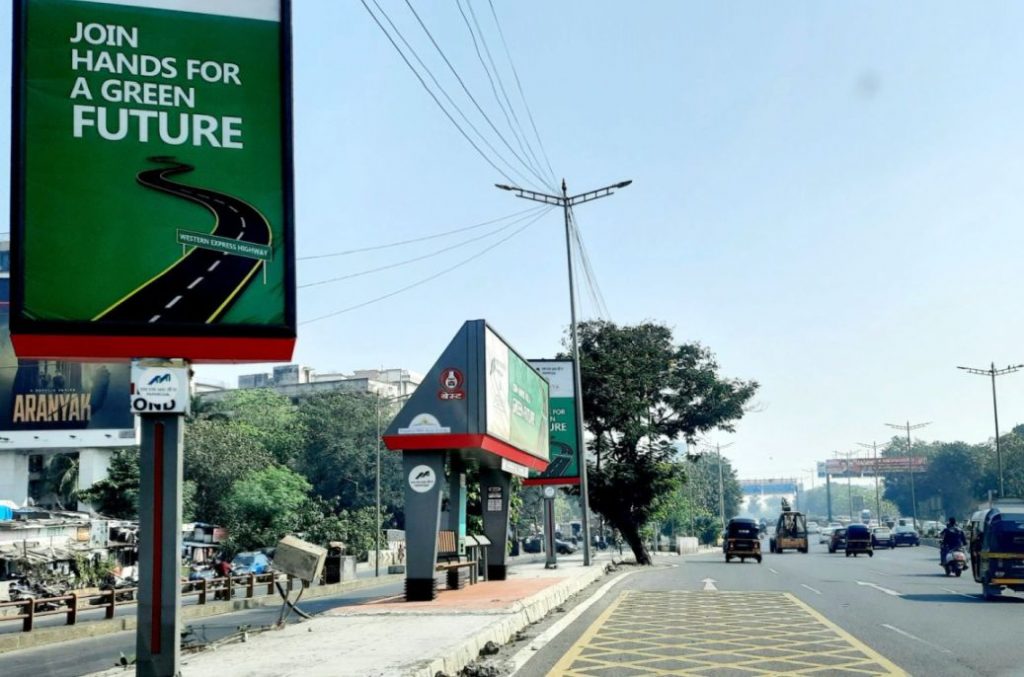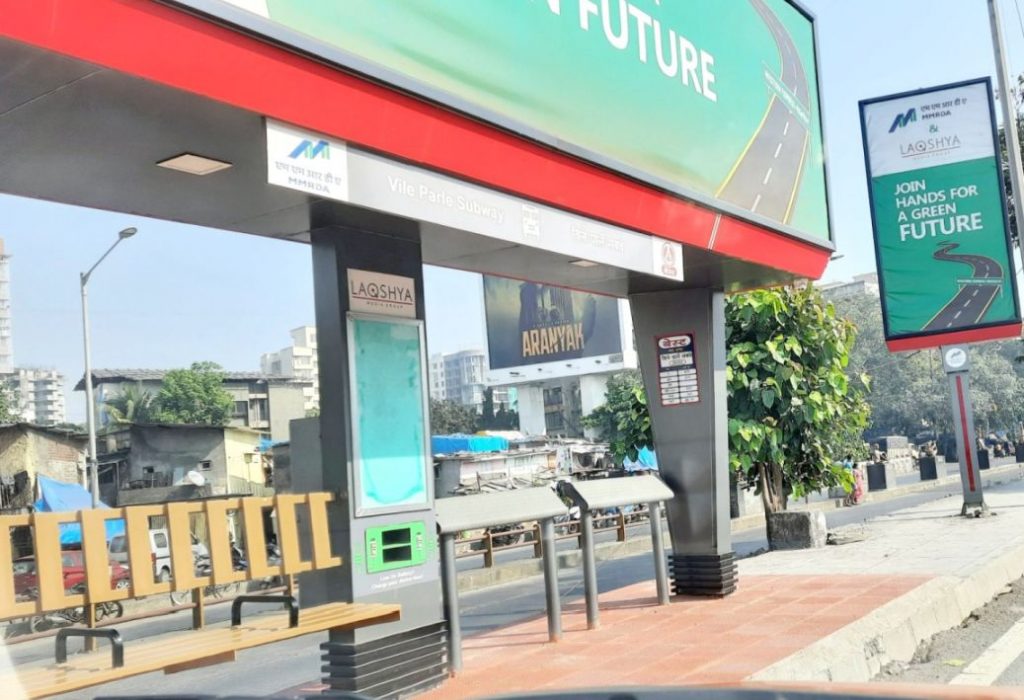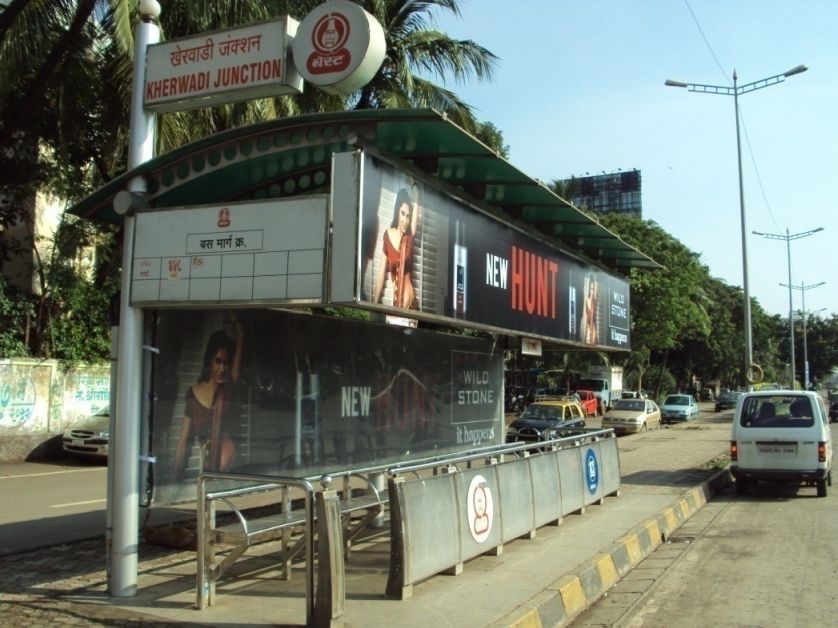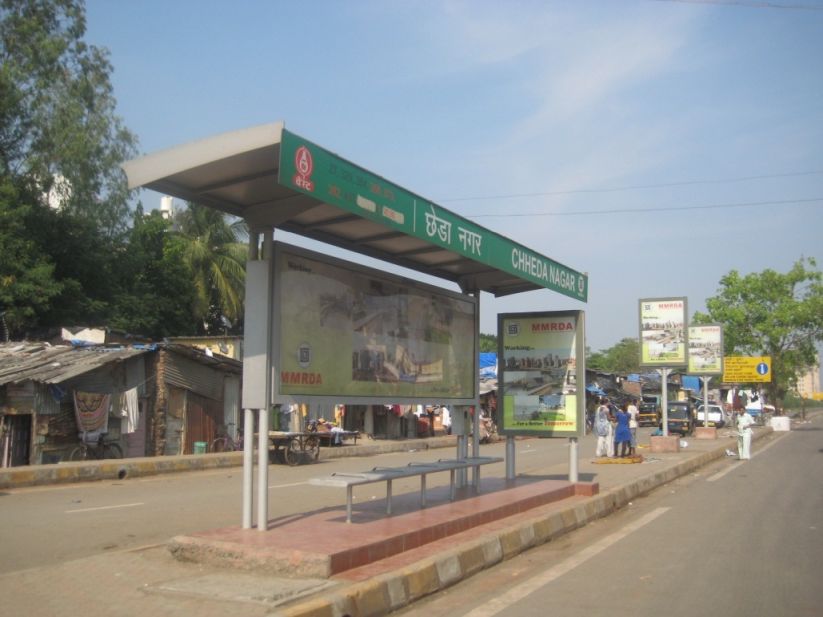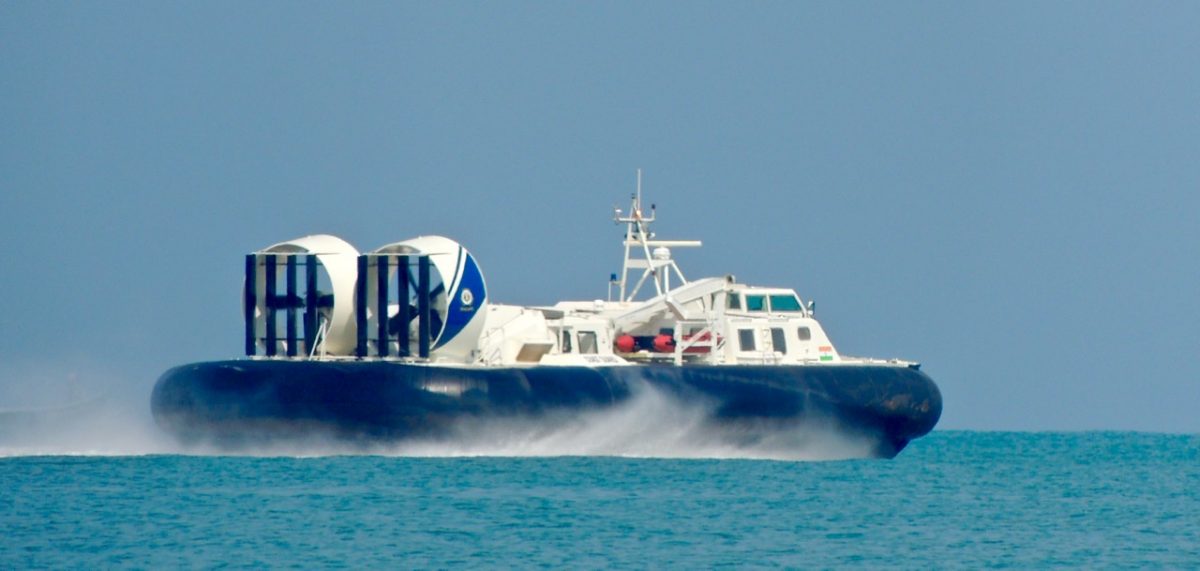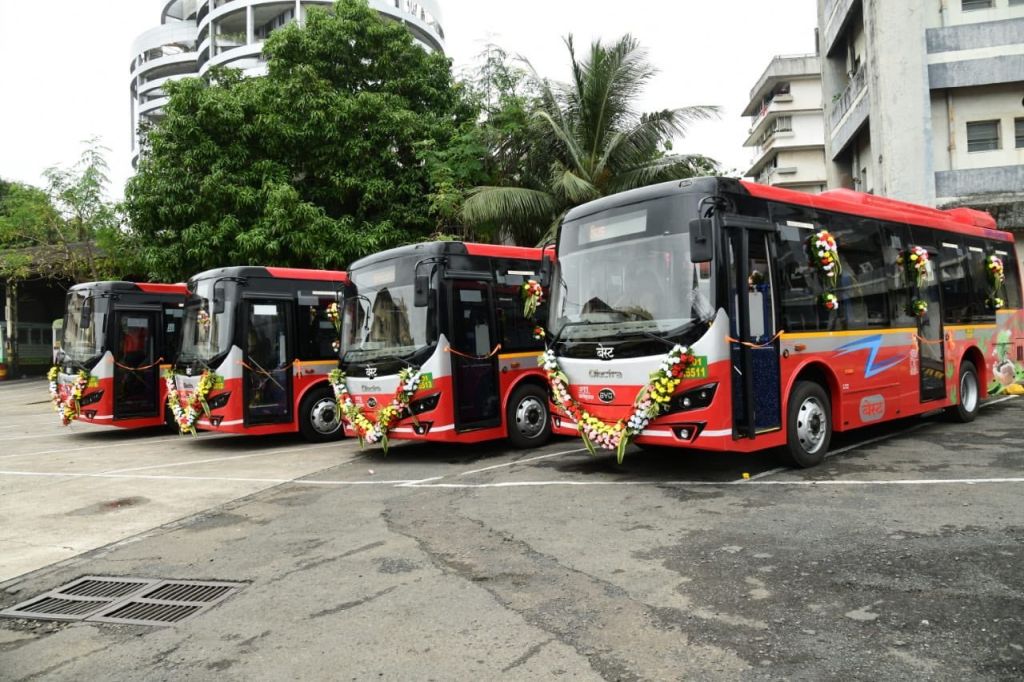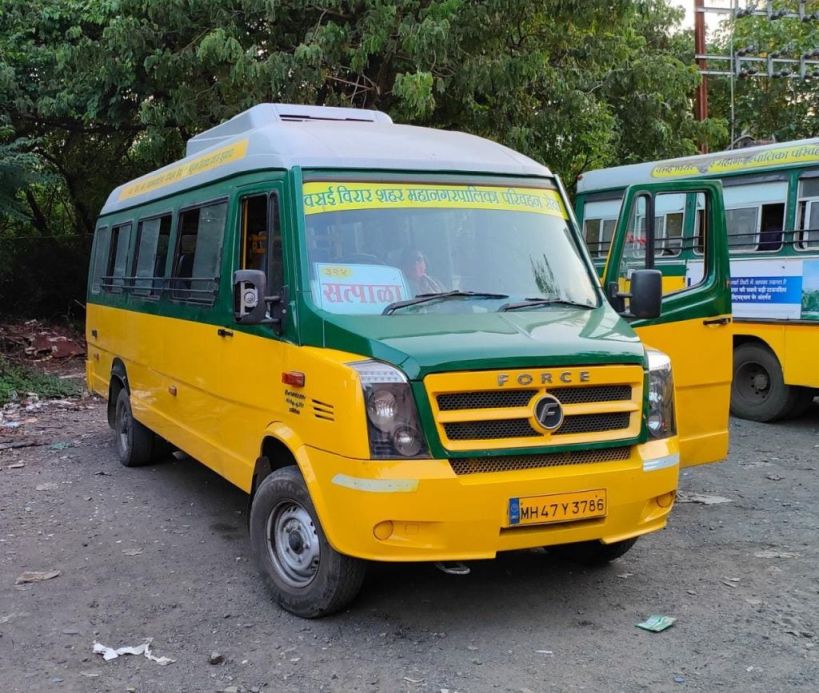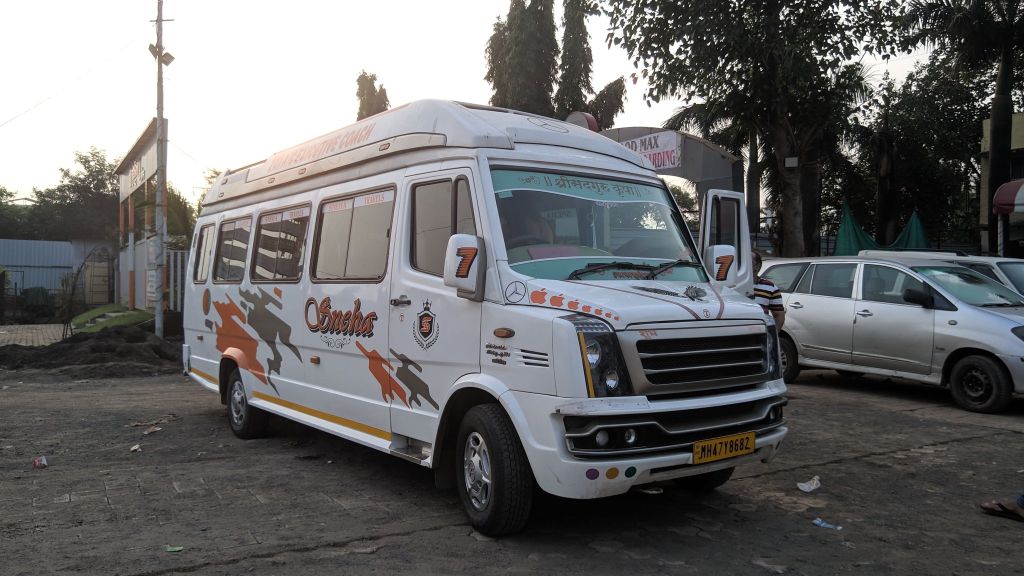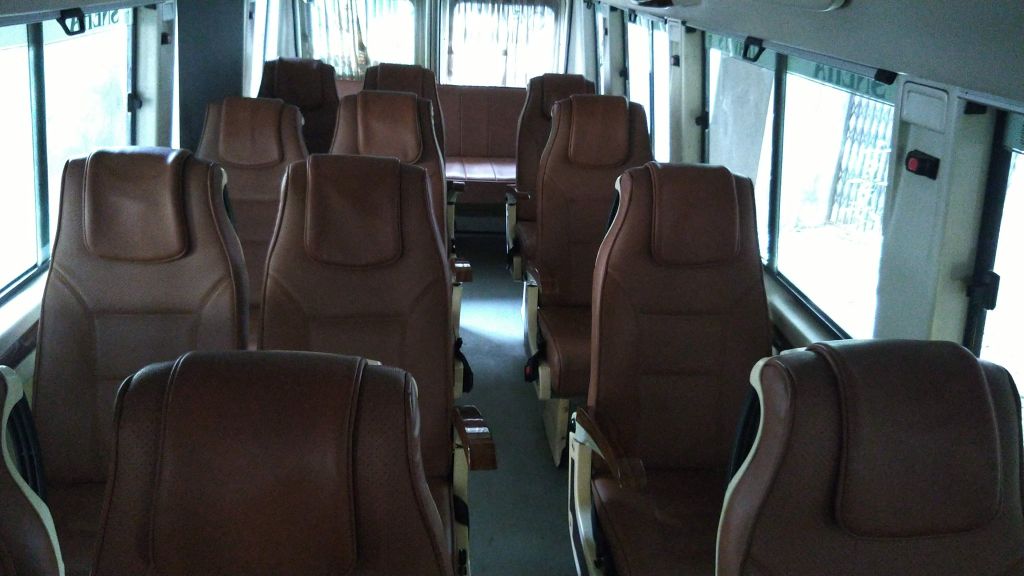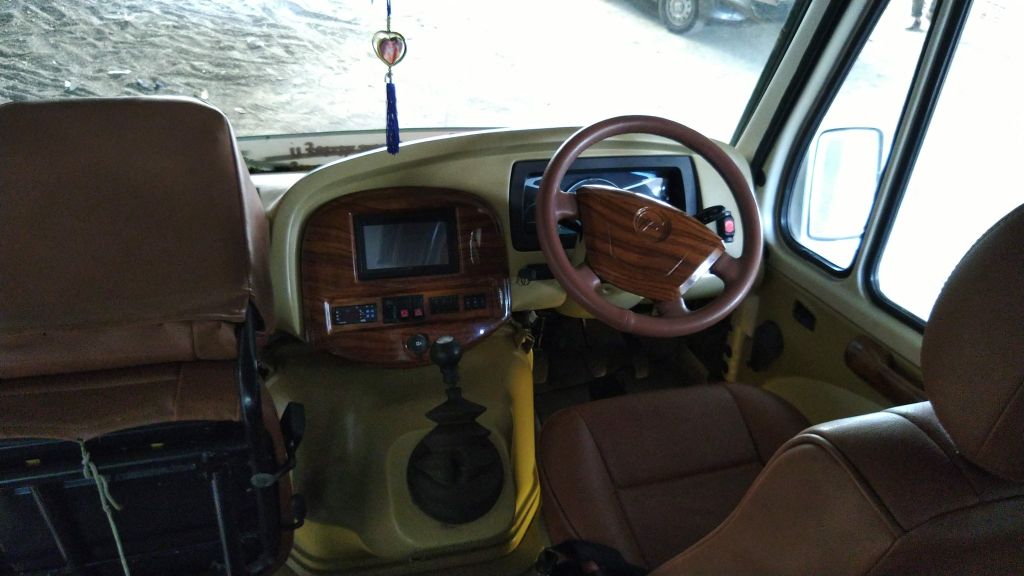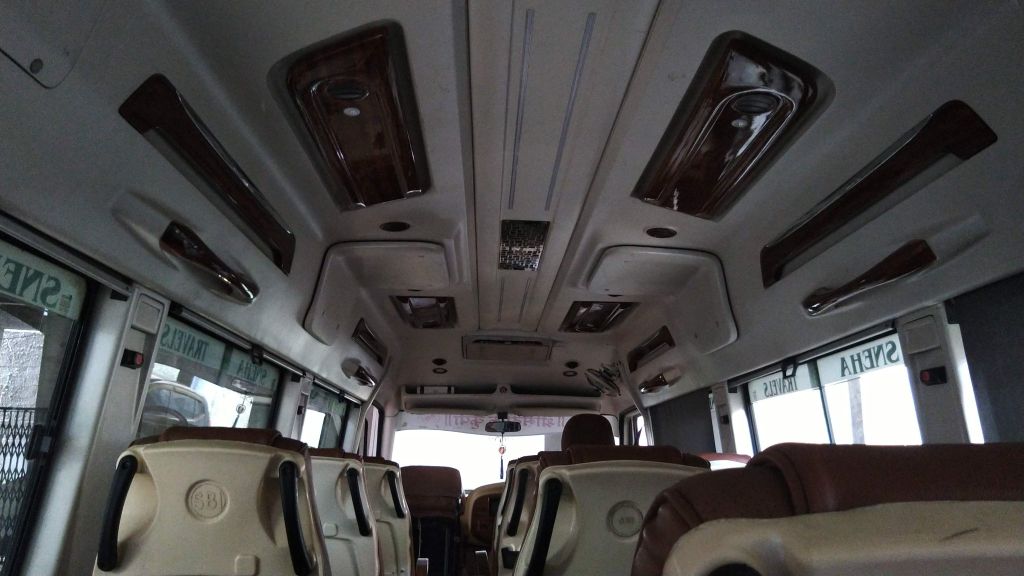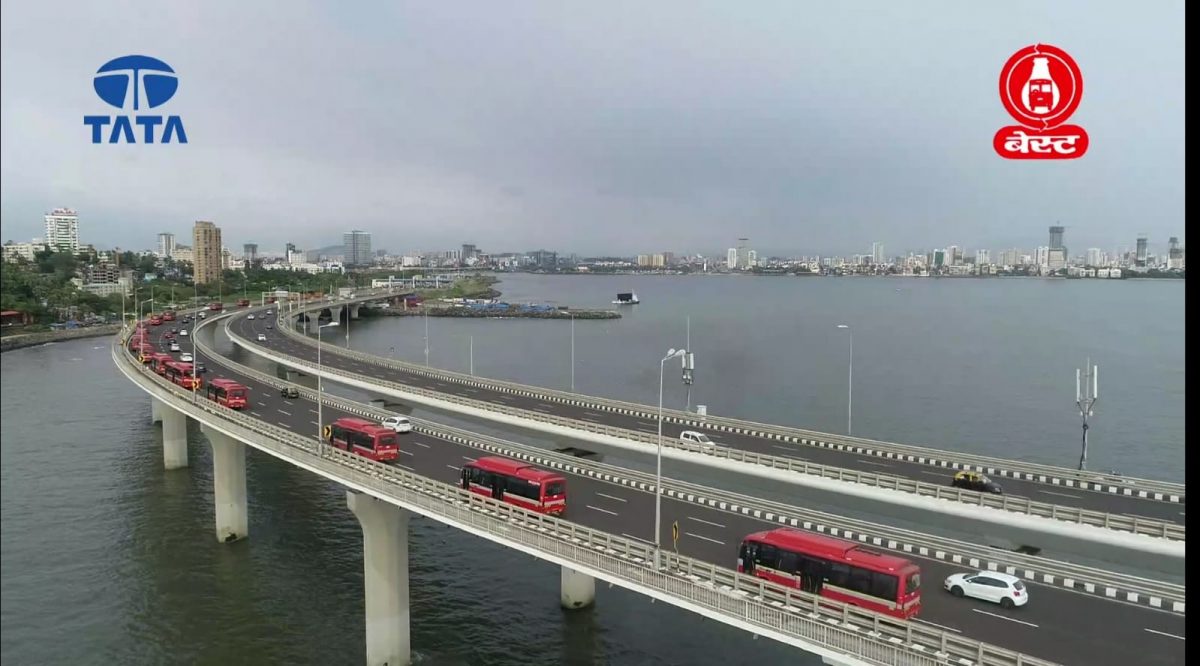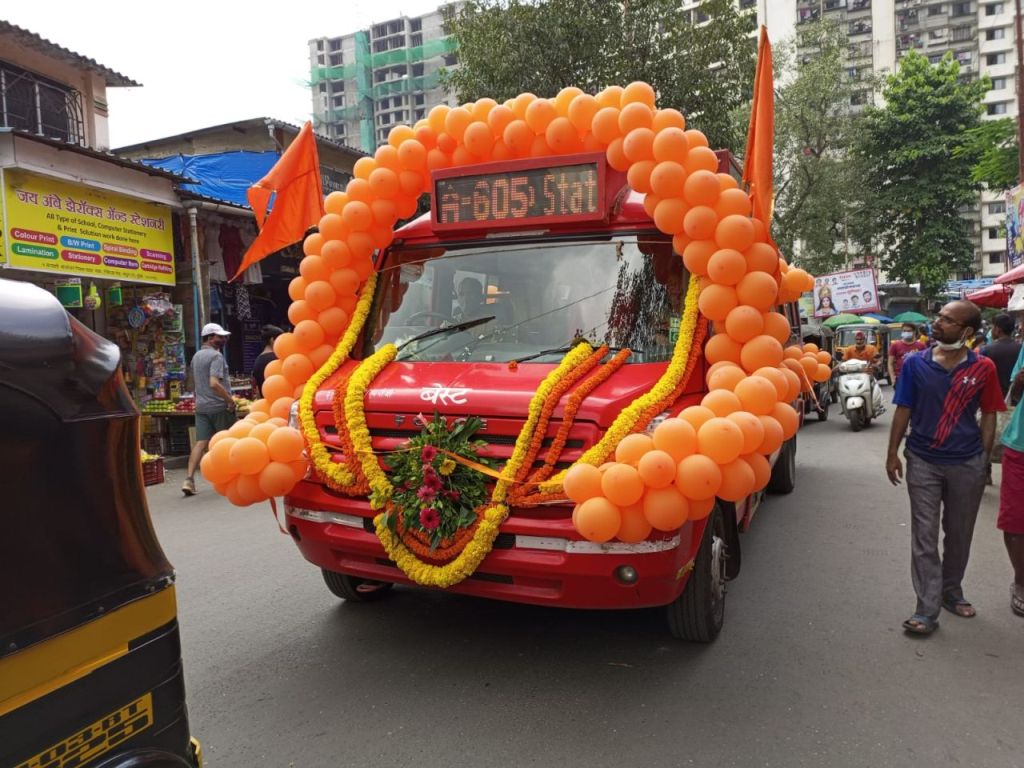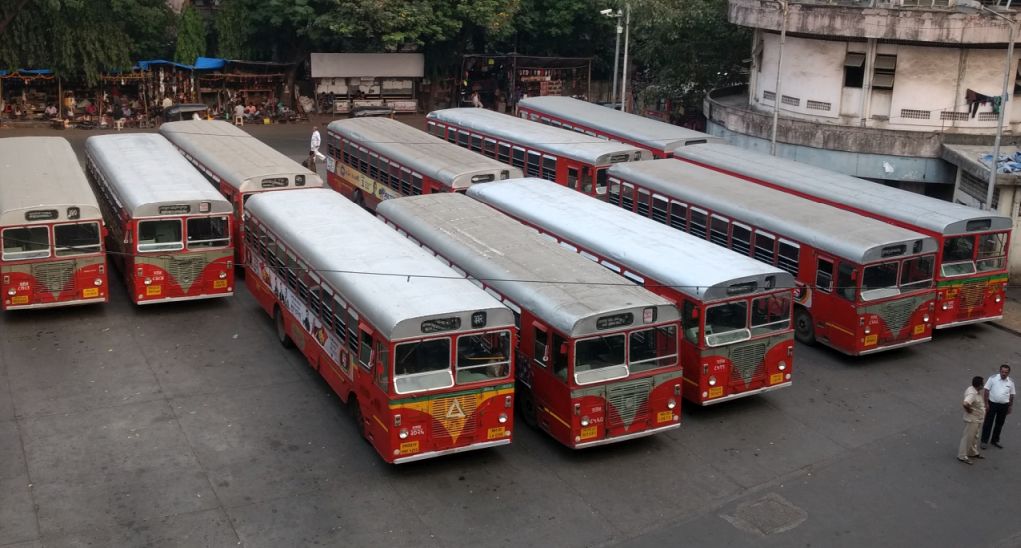A week after BEST announced plans to procure 800 double-decker buses and NMMT announced its intentions to begin trials, the Pune Mahanagar Parivahan Mahamandal Limited (PMPML) has announced its interest in the same.
Double-deckers were first operated in Pune in 1984 and were taken off the roads in 1995 due to operating costs and and accidents. I’m not sure if it was the Pune Municipal Transport (PMT) or Pimpri-Chinchwad Municipal Transport (PCMT) that operated them. At least six routes were operated on the Mumbai-Pune Road.
PMPML officials have stated that they have met with manufacturers of electric buses on the matter and keen on pursuing it due to chief minister Uddhav Thackeray’s alleged interest in double-decker buses.
The Corporation is looking at procuring buses on a wet-lease model, similar to BEST, while it will provide the required infrastructure for it. However, they have also agreed that operating double-decker buses isn’t an easy task and would require significant planning, particularly in the routes.
Note: After a little digging, I found more information. The double-deckers run earlier were operated by the PMT and not the PCMT. According to a DNA report, PMPML originally considered bringing back double-decker buses to the fleet in late 2014, however the proposal did not move forward much. The criteria for re-induction of these buses was due to wider roads and increased congestion.
Another proposal was mooted in 2017, this time in electric form. It had the backing of both the BJP-led PMC and PCMC along with the backing of then Chief Minister Devendra Fadnavis and the Central Government.
Let’s hope PMPML is successful with its double-decker plans. The city currently has India’s largest fleet of electric buses.
Featured Image: Alexander Dennis-BYD Enviro400 EV
P.S: If you’re buying a car, don’t buy a Hyundai or Kia. You can read more why over here: Hyundai India blocks netizens after they question whether they endorse their Pakistani counterpart’s views on Kashmir
If you are stepping out, make sure you wear a mask, follow COVID-appropriate behavior and keep your hands sanitised at all times. Maharashtra is still the top state by total cases and deaths.
![]()
